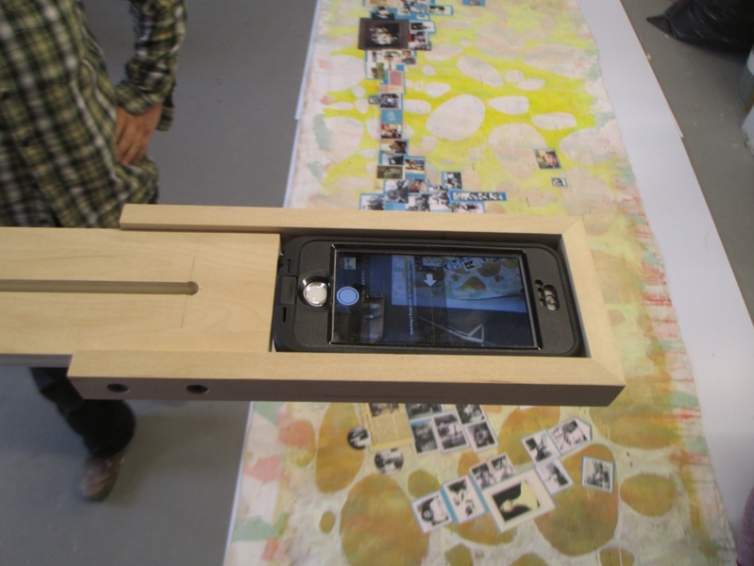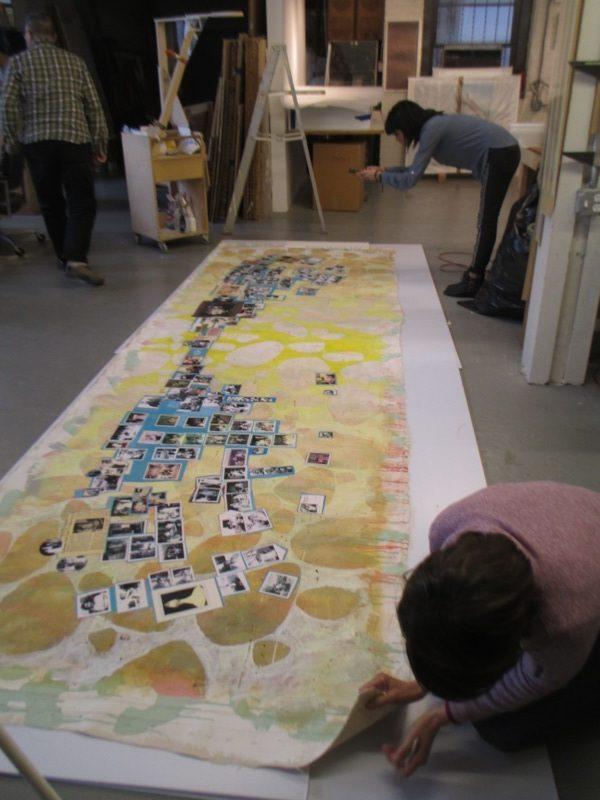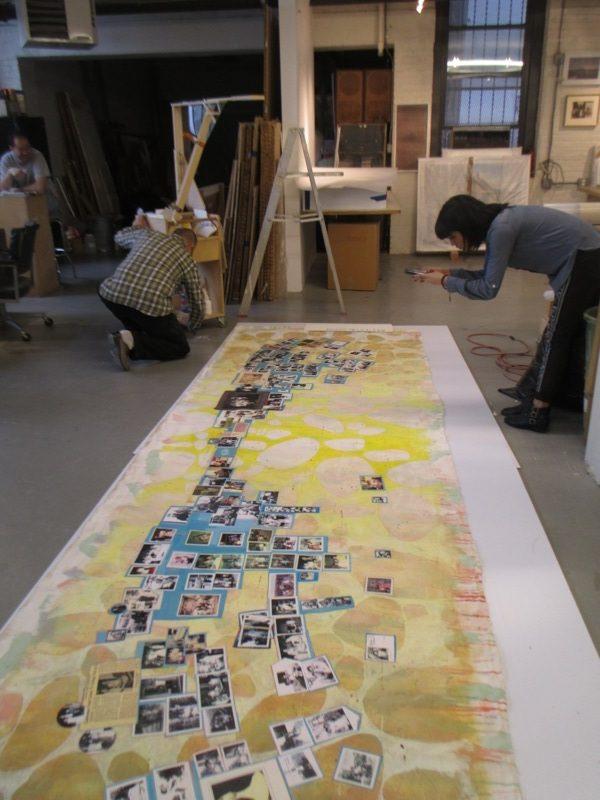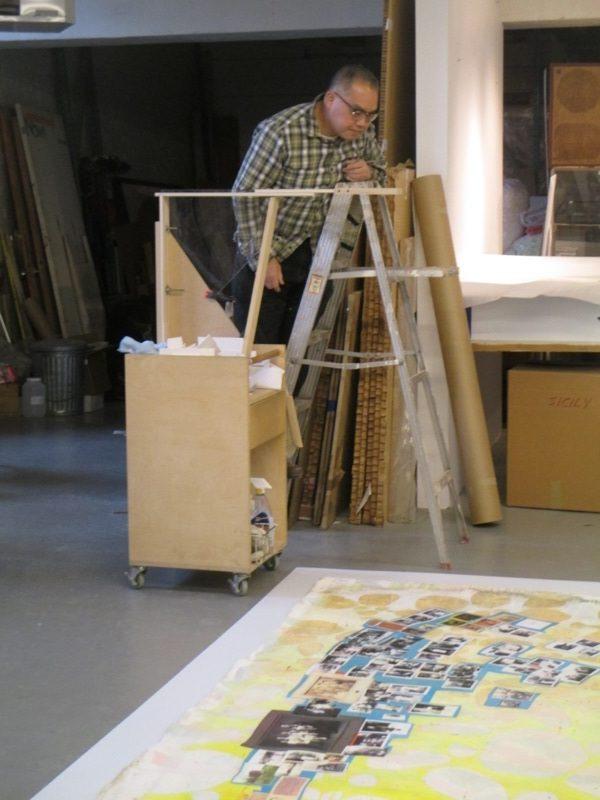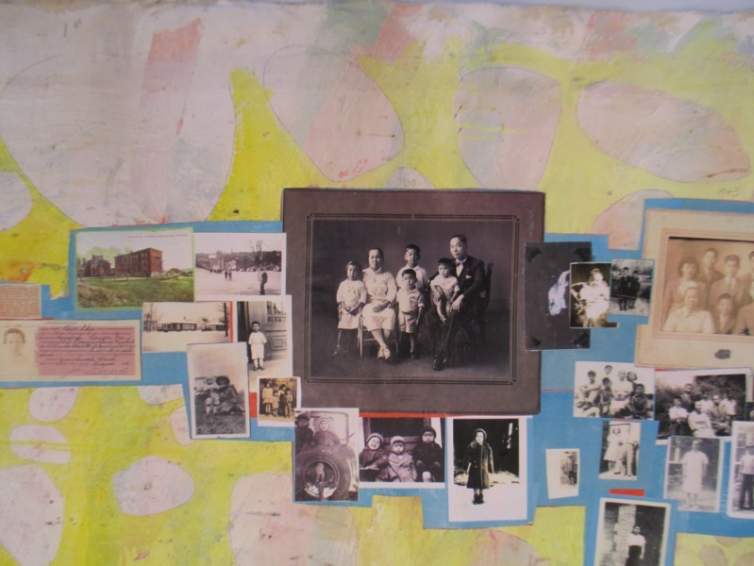Estate Planning Questions for the Visual Artist
We've created a free worksheet that encourages artists to consider their legacy ...

The Creating a Living Legacy (CALL) initiative provides artists with resources and instruction in the areas of career documentation, inventory management, and legacy planning.
This is one in a series of DIY Archive Toolkit resources, providing practical tips in organizing and preserving your body of work.
Here we've gathered some ideas and examples of real-life storage solutions in various artist's studios.
Large canvas storage solution in studio of Mario Martinez
Rolling a canvas around a rigid tube lined with plastic can protect and stabilize a canvas without a space-consuming stretcher. Foam blocks further protect by cushioning the canvas where the weight is resting.
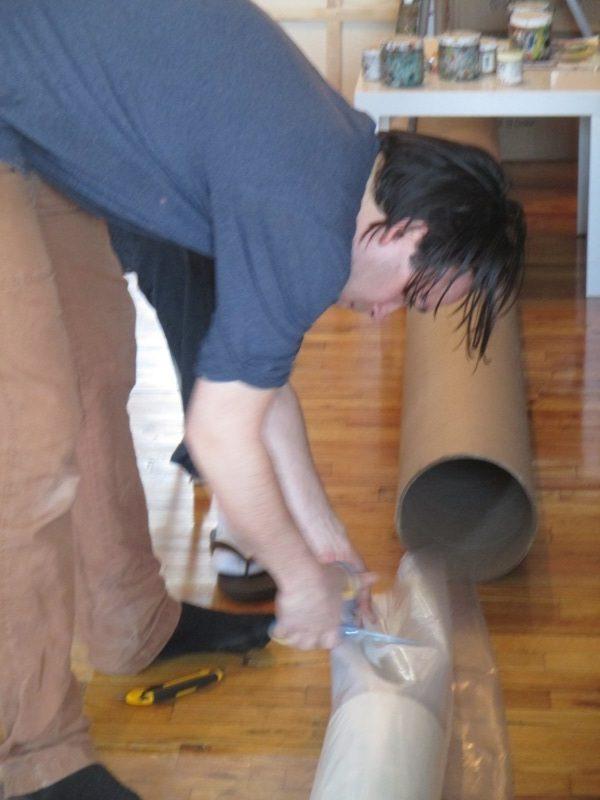
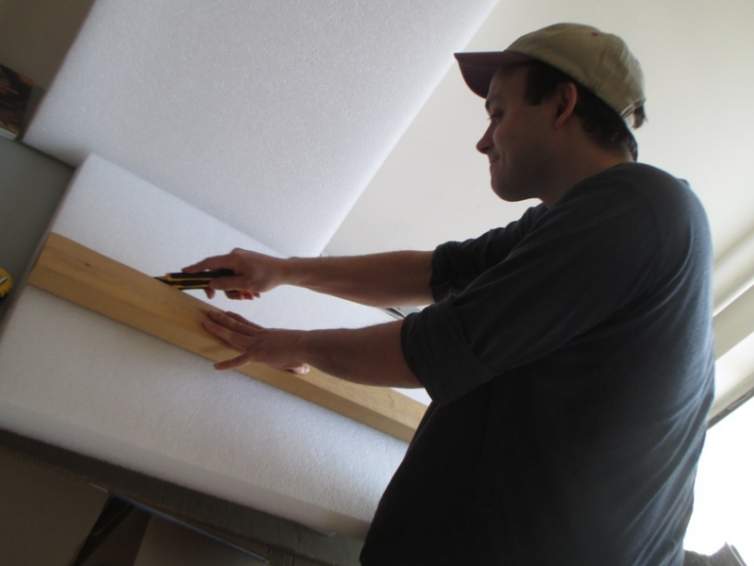
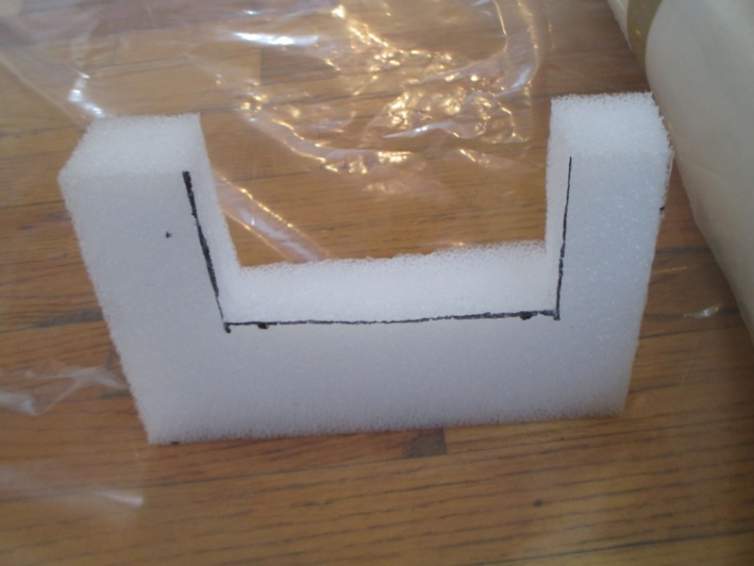
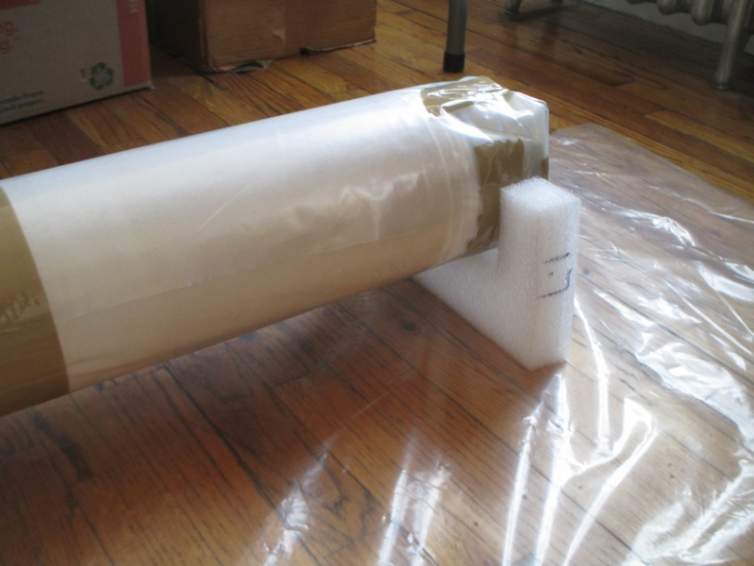
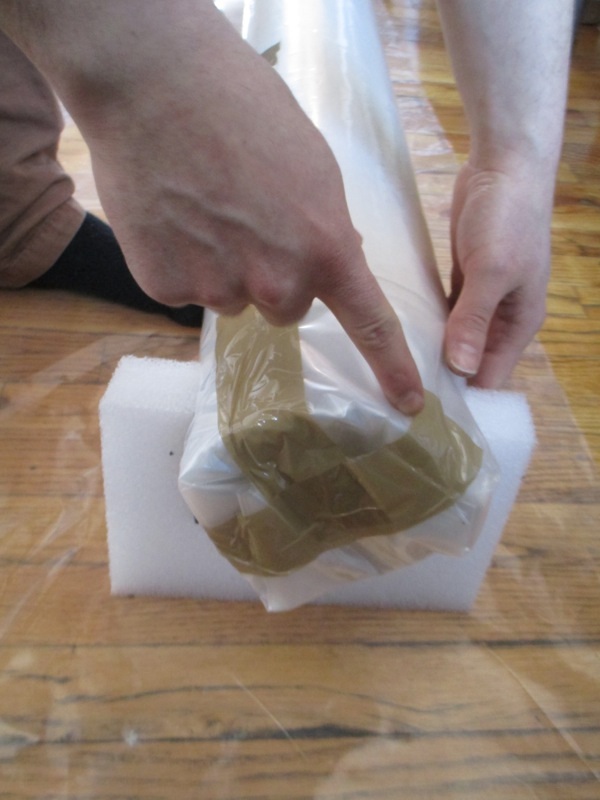
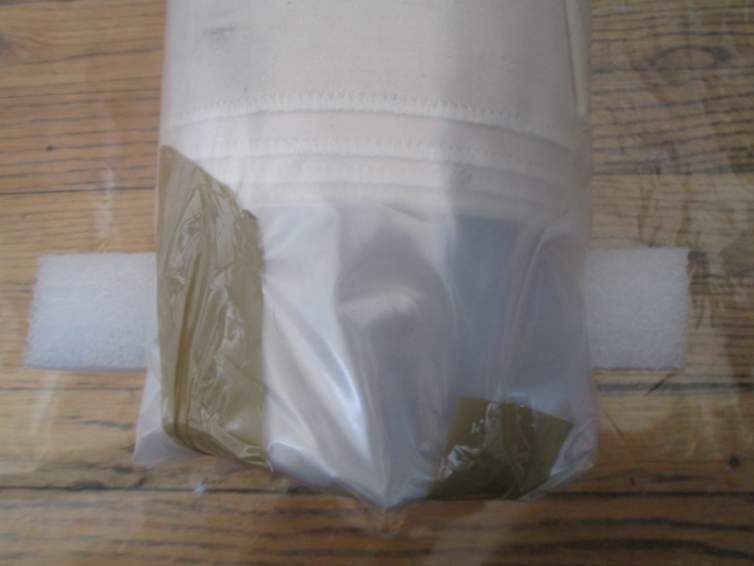
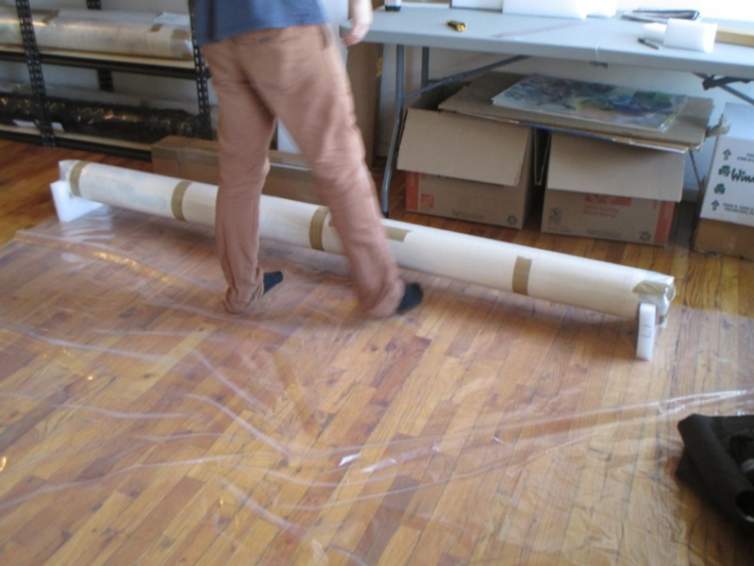
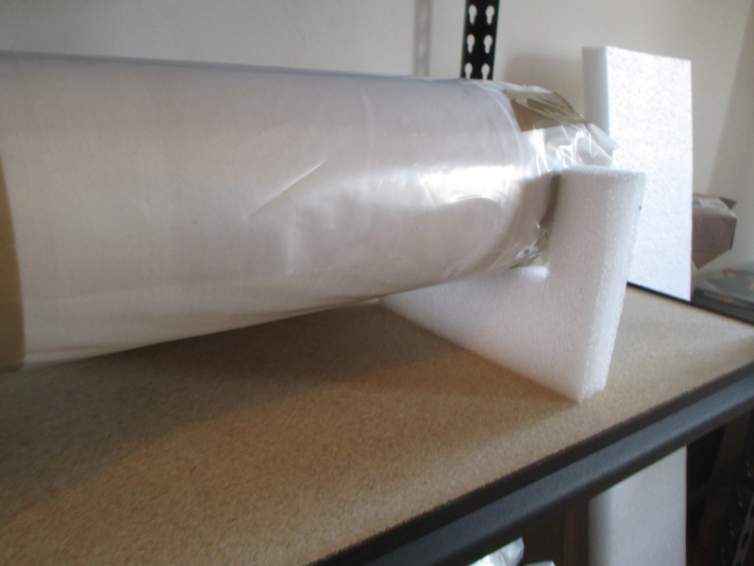
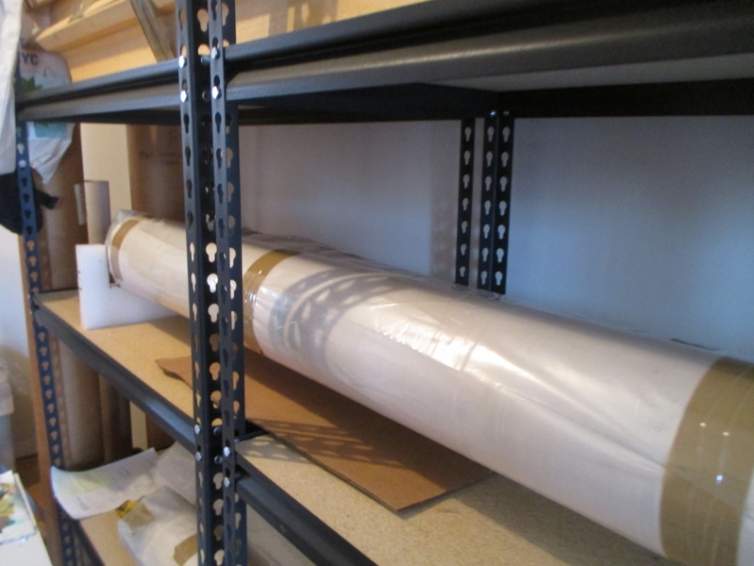
Shelf for works in progress in the studio of Gladys Triana
Dedicating a shelf and boxes for works-in-progress is another strategy for maintaining an organized work space.
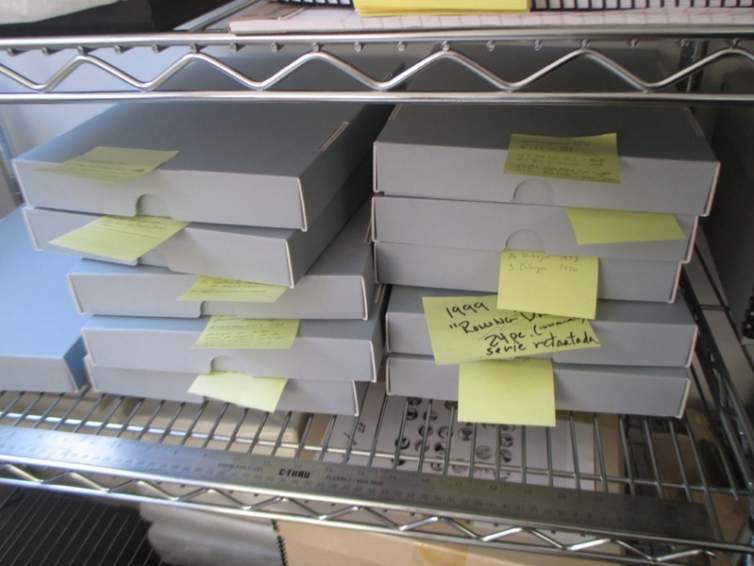
Storing framed work without crates in the studio of Otto Neals
Shelving small and medium sized framed work between pieces of cardboard can be a practical solution to handling large quantities of framed works.
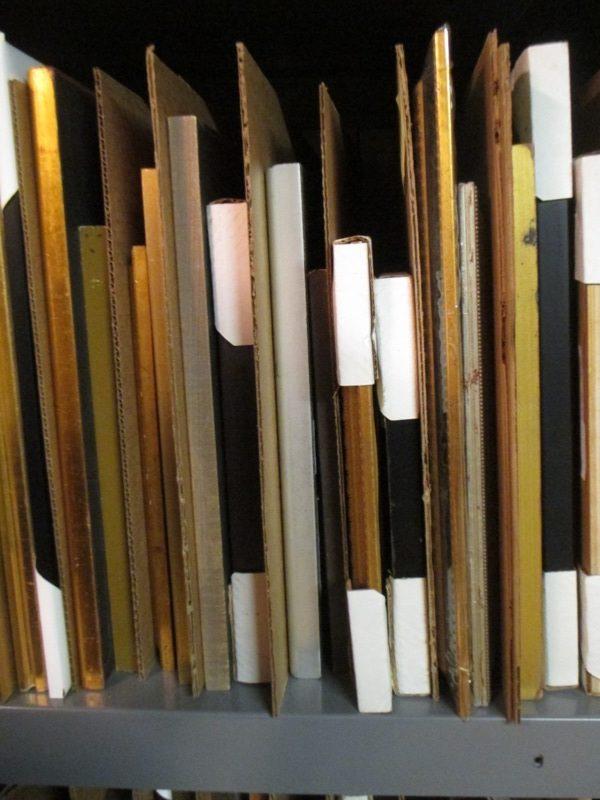
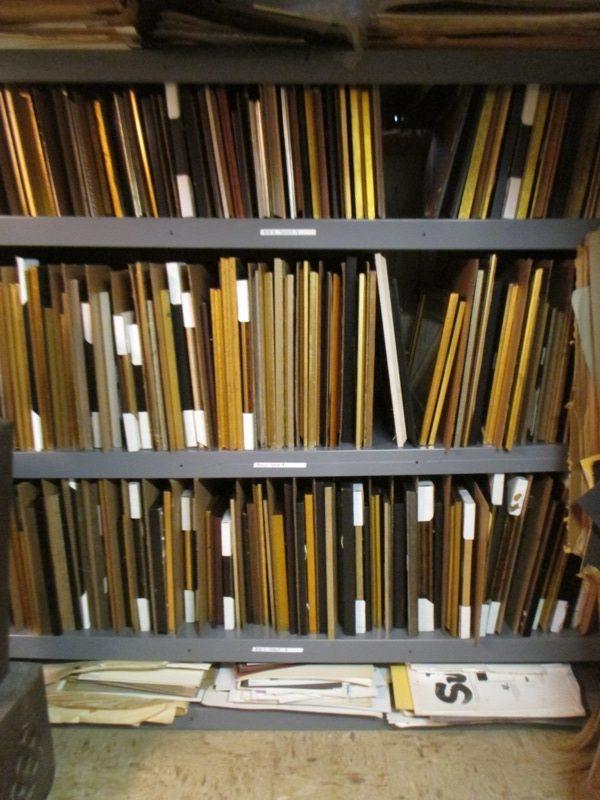
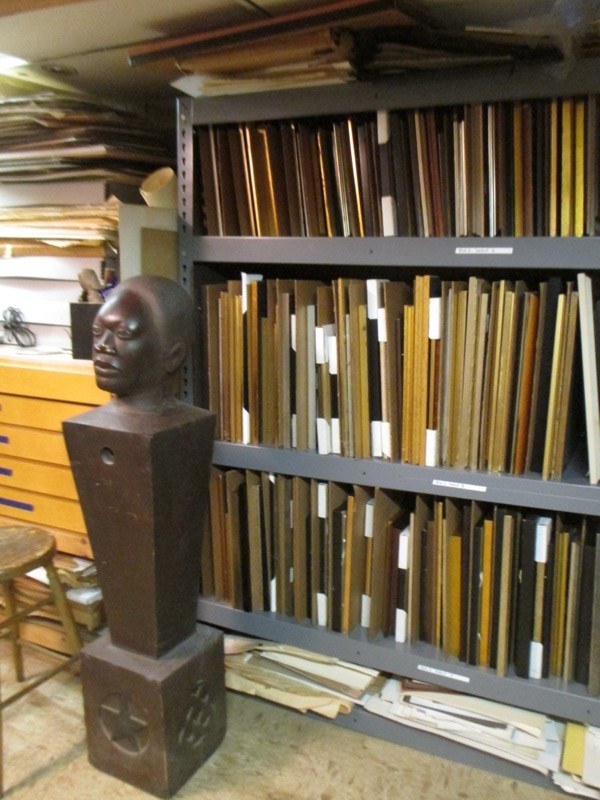
Storing works on paper without flat files in the studio of Kazuko Miyamoto
Tubes can be an alternative to a flatfile for storing oversized works on paper such as sketches, posters and prints. Using archival boxes with labels organizes and protects flat and 2-dimensional works in progress.
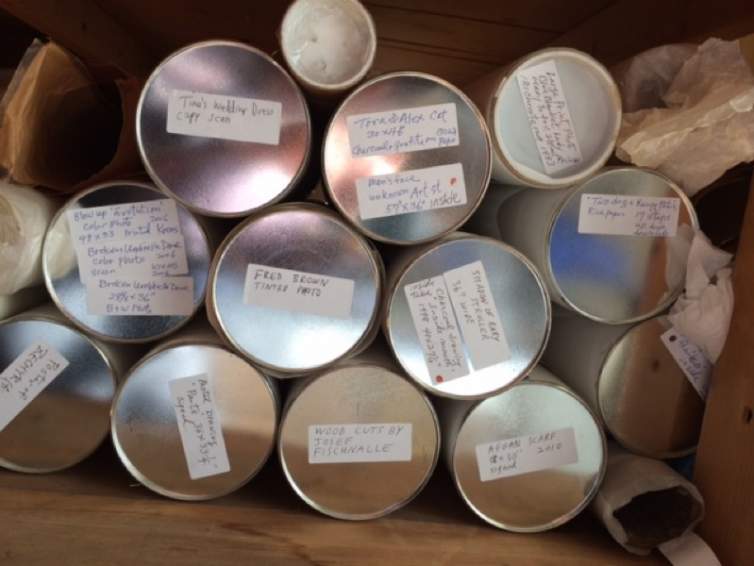
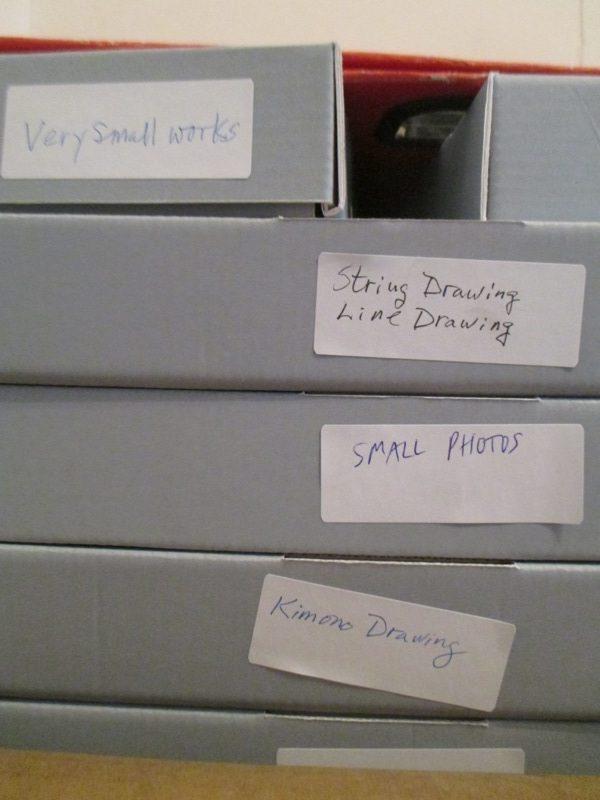
Inventory labels and photographing work in the studio of Jaime Davidovich
Identify a section in your space for photo documentation. Attach an inventory label to storage cases such as archival boxes, flatfiles and portfolios.
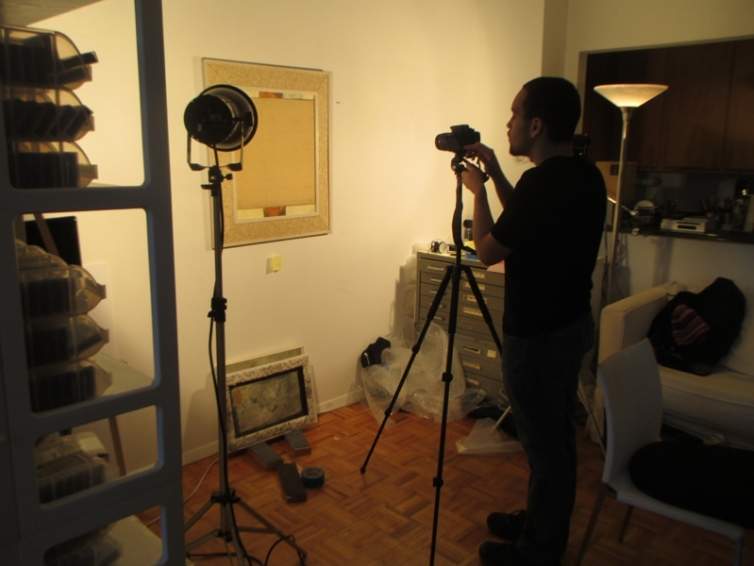
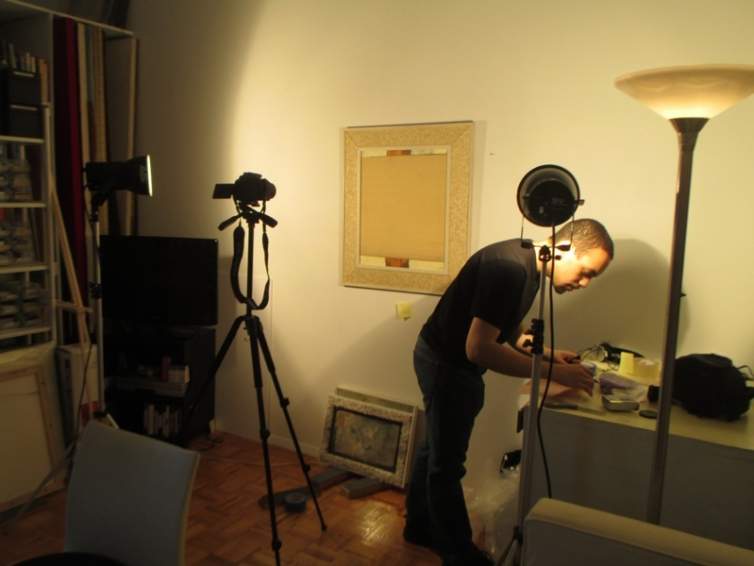
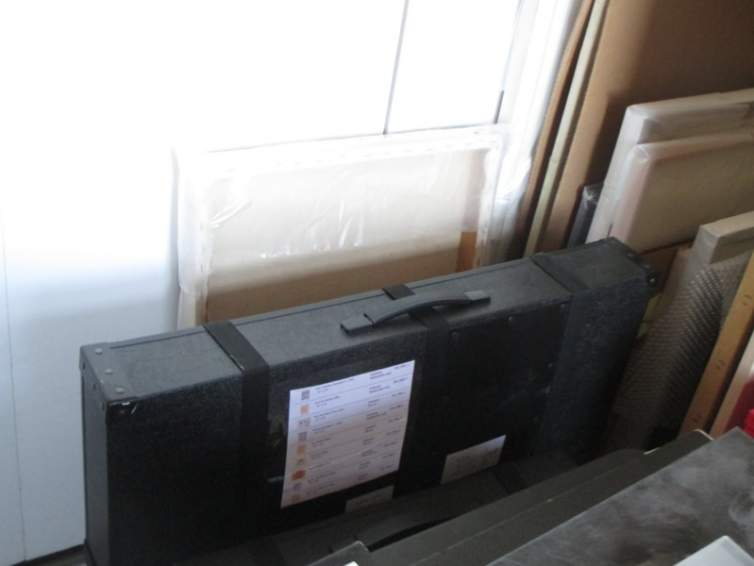
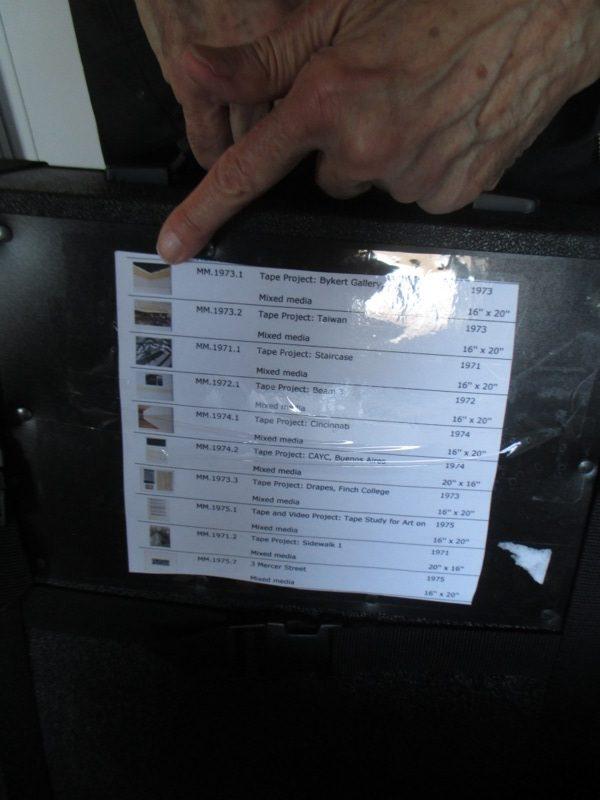
Documenting work before storage in the studio of Arlan Huang
Documenting large-scale work with an iPhone before wrapping and storing can be a great tool to include in your condition reports.
